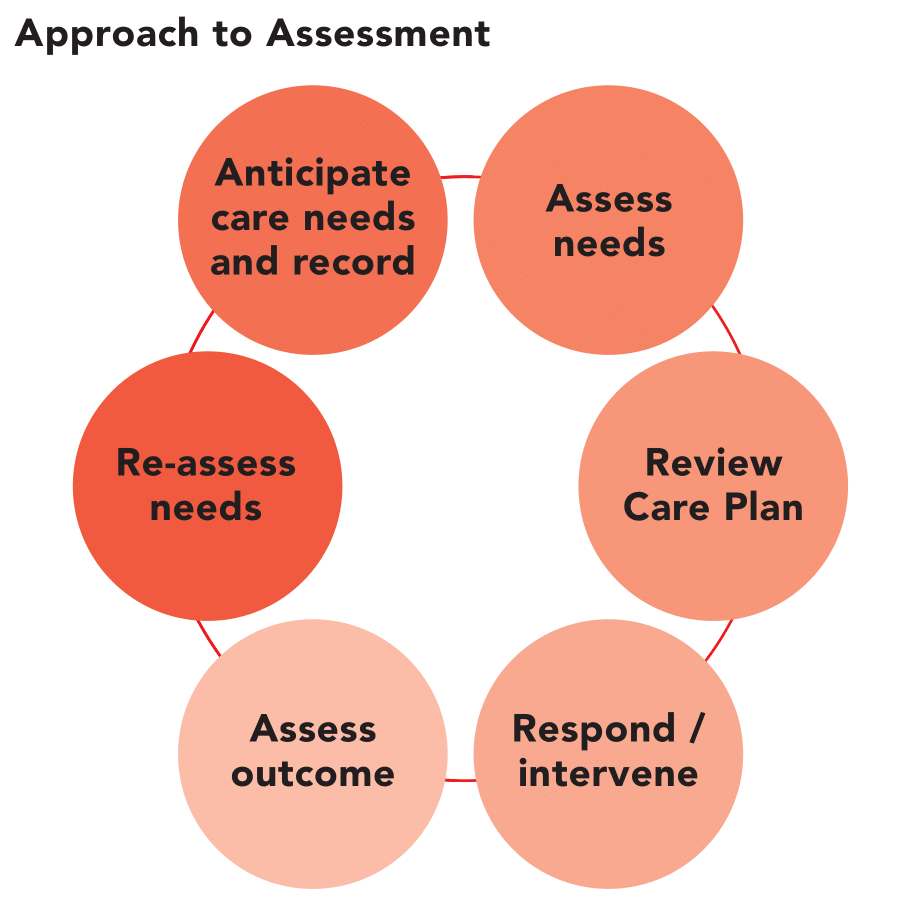
In order to make a down syndrome test, the doctor will have the mother's blood sample analyzed for DNA fragments, which are pieces of DNA that are 25 to 30 base pairs long and match a specific chromosome. The researchers counted each chromosome's gene fragments. Women with Down syndrome had higher numbers of DNA fragments from Chromosome 21 than those who didn't have it.
Screening tests estimate the risk of a baby having Down syndrome
Screening tests are used to estimate the likelihood that a developing baby will have Down syndrome. A one-in-1,000 chance that a baby will have Down syndrome means that one thousand babies will be born with the condition. The normal number is 999. This is the National Screening Committee threshold for identifying a woman's chance of having a Down baby.

These screening tests may include a blood test that measures the amount of fluid a baby is in, age, gender, ethnicity, smoking status, and gestational age. A computer program will then calculate the likelihood of a baby having Down syndrome based on the results of these tests. Although some screening tests are precise, they can still give abnormal results. For this reason, it is vital to be informed of the risks associated with these tests before having any medical procedures.
Down syndrome is diagnosed by diagnostic tests.
There are many diagnostic tests available to rule out Down syndrome. These tests have higher false-positive rates than other tests that are performed later in the pregnancy. If you receive abnormal ultrasound results, your doctor might recommend amniocentesis or a sample from the amniotic fluid to confirm that Down syndrome is present. You can also use the quadruple markers screen to detect neural tube defects as well brain and spinal chord defects. These tests are done around 15 to 20 weeks after the first trimester. To determine if you are at risk of any birth defects, your doctor might request a sample or fluid from you amniotic membrane to count the chromosomes.
Ultrasound screening is another method of detecting Down syndrome in a woman's womb. A woman must place a gel on her abdomen and take a small amount of blood. The ultrasound transducer will then send sound waves through the fluid. They deflect off the structures in the uterus. The density of these structures determines the speed at which the sound waves bounce back. The computer will analyze the information bounced back and create an image of the foetus.
Screening tests may be considered invasive.
Screening for Down syndrome is invasive. This is true regardless of whether they are associated with miscarriage risk. According to a recent study, the current invasive tests do not perform better than theoretical NIPD test. Surprisingly, almost half of the women surveyed said no to these tests and one third of them said they wouldn't have it. Some women might opt to have these tests if they feel they are not at risk of miscarriage.

Although the screening for DS has been a huge improvement since the early 1980s many improvements are still needed. The invasive screening test for DS is now performed on approximately 5% of women. This results in false positives for between 60% and 80% of fetuses. These tests have significant risks and high false-positive rates. 400 miscarriages of DS-positive babies were reported in 2008.
FAQ
What are medical systems?
Medical systems are designed for people to live longer and healthier lives. They make sure patients receive the best care when they need it.
They ensure that the appropriate treatment is given at a timely manner. They also give information that allows doctors to provide the best possible advice to each patient.
What does "public health" actually mean?
Public Health refers to the preservation and enhancement of the health status of the community. It involves preventing disease, injury, and disability, promoting good health practices; ensuring adequate nutrition; and controlling communicable diseases, environmental hazards, and behavioral risks.
What are the three main objectives of a healthcare program?
Three of the most important goals for a healthcare system are to provide quality care at a reasonable cost, improve health outcomes, reduce costs, and help patients.
These goals have been made into a framework called Triple Aim. It is based upon research from the Institute of Healthcare Improvement. IHI published the following in 2008.
This framework aims to ensure that we all focus on the same goals and can achieve each goal while not compromising other goals.
Because they don't compete with one another, this is why. They support each others.
In other words, people who have less access to healthcare are more likely to die as a result of being unable or unwilling to pay. This lowers the overall cost for care.
The first goal of providing affordable healthcare for patients is achieved by improving the quality care. It also improves outcomes.
Statistics
- For instance, Chinese hospital charges tend toward 50% for drugs, another major percentage for equipment, and a small percentage for healthcare professional fees. (en.wikipedia.org)
- The healthcare sector is one of the largest and most complex in the U.S. economy, accounting for 18% of gross domestic product (GDP) in 2020.1 (investopedia.com)
- Healthcare Occupations PRINTER-FRIENDLY Employment in healthcare occupations is projected to grow 16 percent from 2020 to 2030, much faster than the average for all occupations, adding about 2.6 million new jobs. (bls.gov)
- For the most part, that's true—over 80 percent of patients are over the age of 65. (rasmussen.edu)
- Price Increases, Aging Push Sector To 20 Percent Of Economy". (en.wikipedia.org)
External Links
How To
What are the Four Health Systems?
Healthcare systems are complex networks of institutions such as hospitals and clinics, pharmaceutical companies or insurance providers, government agencies and public health officials.
This project had the overall goal to create an infographic to explain the US's health care system to anyone who wanted it.
Here are some key points.
-
Annual healthcare spending amounts to $2 trillion, or 17% of GDP. That's almost twice the size of the entire defense budget!
-
Medical inflation reached 6.6% for 2015, more than any other category.
-
Americans spend 9% of their income annually on health.
-
In 2014, over 300 million Americans were uninsured.
-
The Affordable Care Act (ACA) has been signed into law, but it isn't been fully implemented yet. There are still many gaps in coverage.
-
The majority of Americans think that the ACA needs to be improved.
-
The US spends a lot more money on healthcare than any other countries in the world.
-
Affordable healthcare would mean that every American has access to it. The annual cost would be $2.8 trillion.
-
Medicare, Medicaid and private insurers pay 56% of healthcare expenses.
-
These are the top three reasons people don’t get insured: Not being able afford it ($25B), not having enough spare time to find insurance ($16.4B), and not knowing anything ($14.7B).
-
There are two types of plans: HMO (health maintenance organization) and PPO (preferred provider organization).
-
Private insurance covers many services, including doctors and dentists, prescriptions, and physical therapy.
-
The public programs include hospitalization, outpatient surgery and nursing homes. They also cover long-term care and hospice care.
-
Medicare, a federal program, provides seniors with health insurance. It pays for hospital stays and skilled nursing facility stays.
-
Medicaid is a joint federal-state program that provides financial assistance for low-income individuals or families who earn too little to qualify for other benefits.